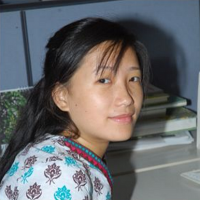Biotechnological Interventions for conservation and utilization of forest resources. Funded by Department of Biotechnology (DBT) New Delhi.
Among India’s rich bioresources, forestry resources constitute a predominant component. Directly and indirectly, the resources contribute not only to industries ranging from timber to pharmaceuticals, but also to the livelihoods of over 50 million forest based communities. Yet, our understanding and management of the resources, both for its conservation and utilization seems to be held in a time warp. From the point of view of unprecedented loss of biological diversity and consequent need to conserve them, there has been a frantic effort world over in applying molecular tools to characterize, evaluate and conserve biological resources. Ingenious application of these tools in India, can predictably lead to strong programs leading up to the conservation and utilization of the forest resources. In this project, attempts were made to develop molecular markers (eg: microsatellite markers) for the Dysoxylum binectariferum and Saraca asoca, both of which are economically important species, map the genetic diversity of populations of the selected species and arrive at population genetic parameters and identify hot-spots of genetic variability. Based on these, attempts were made to develop strategies for the sustained utilization and conservation of these species.
Projects Page Tabs
Journal Articles
Senthil Kumar U
- Biodiversity Monitoring and Conservation Planning

